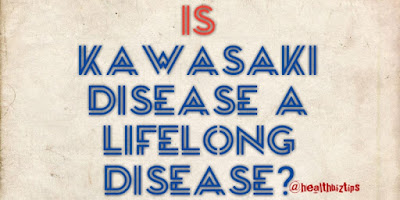15 Facts about Cold shock response -- How cold water kills faster |
| 15 Facts about Cold shock response -- How cold water kills faster |
Submerging in freezing cold water is deadly due to cold shock response (also known as cold water response). Cold shock response is poorly known by the public, however, it is through understanding bodily response towards cold water that we raise chances of survival.
@healthbiztips by Arlene Gentallan
Here are facts about cold shock response that are worth knowing:
1. Cold shock response is defined as the physiologic reaction of a person when there is a sudden shift to a very low temperature (usually below 15 degrees Celsius). Cold shock response is the adaptive mechanism of the body when exposed to very low temperature which makes death by cold water faster.
2. You can experience cold shock response the instant you fell in cold water. Some people think that they can easily swim to safety, not knowing what cold shock response does to their body. Cold shock response can render a person incapacitated in just a few minutes. In fact, it's not drowning, but it is cold shock response that is the leading cause of death from sudden immersion in cold water.
3. You might want to reflect on this next time you choose to stand on a thin sheet of ice or drop yourself in freezing cold water. Cold shock response can kill a person in just one minute. Don't underestimate cold shock response. It's a fatal physiologic response.
4. A sudden drop in temperature triggers cold shock response in which several physiologic reaction happens:
- vasoconstriction (constriction of blood vessels)
- tachycardia (increase pulse rate)
- increase in blood pressure
- hyperventilation (increase in respiratory rate)
5. In cold shock response, the sudden spike in the workload of the heart due to massive constriction of blood vessels, sudden increase in heart rate and blood pressure tremendously increases the chance of having heart attack or cardiac arrest even among people who don't have pre-existing cardiac problems.
6. With cold shock response, it is more difficult to hold one's breath while immersed in water because of the involuntary urge to gasp and the tendency to hyperventilate (rapid uncontrolled breathing), thus increasing the chances of drowning.
7. People experiencing cold shock response tremendously reduce their ability to hold their breath underwater. If normal people can hold their breath in a minute, once they experience cold shock response, they would only be able to do so in split seconds up to 10 seconds.
8. Many people have lost their lives due to cold shock response.
9. Cold shock response can kill even good swimmers. Cold shock response illicit involuntary response which can take experienced swimmers by surprise.
10. Splashing cold water into the face for 10-15 seconds before jumping in freezing cold water diminishes the bodily impact of cold shock response.
11. Cold shock response profoundly affects the mental state. Hyperventilation can lead to dizziness, muscle cramping, numbness, and loss of consciousness. In addition, the fear and panic experienced by the individual suffering from cold shock response is profound that it can interfere with thinking and sound decision making.
12. In cold shock response, even when you're afloat a very cold water, you'll be unable to move your body in just a few seconds. It is the body's defense mechanism to shunt blood away from the skin and muscle and to direct blood flow into vital organs for survival, but this can also lead to paralysis of muscle which prevents you from swimming to safety or float on water (if you don't yet have a life jacket on) when experiencing cold shock response.
13. Wearing a life jacket will increase your survival time in cold water. But, if you're already experiencing cold shock response, you may not even be able to voluntarily control your fingers.
14. It may take an average person about 60 to 90 seconds to recover from the life-threatening cold shock response and regain breathing control.
15. If you haven't yet drowned or had a sudden cardiac arrest up to this point due cold shock response, being stuck afloat in very cold water can knock you unconscious in 30 minutes to 1 hour due to hypothermia. There are cases of people who survived cold shock response but were still declared dead after several minutes to hours.
# cold shock response
# cold water response















